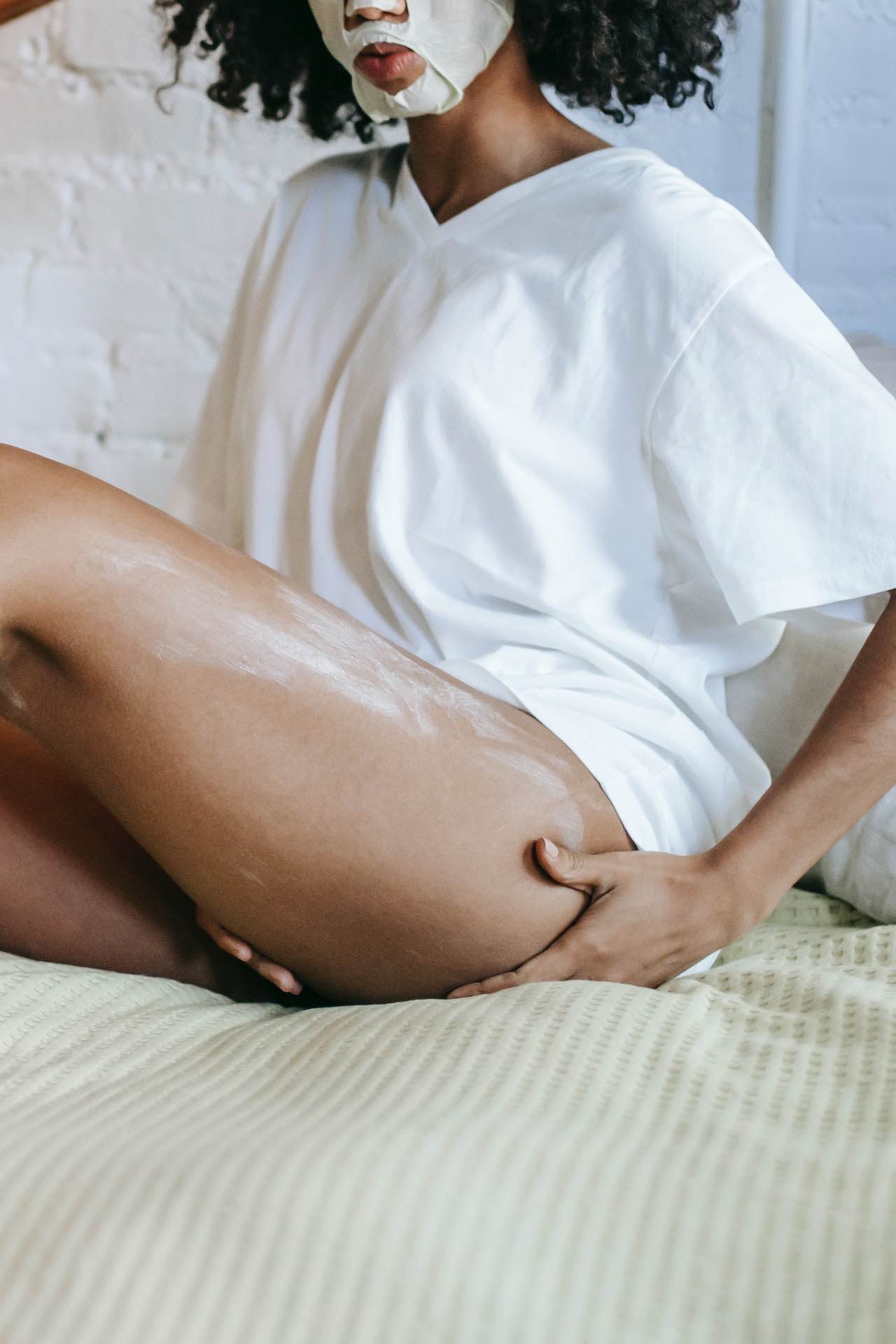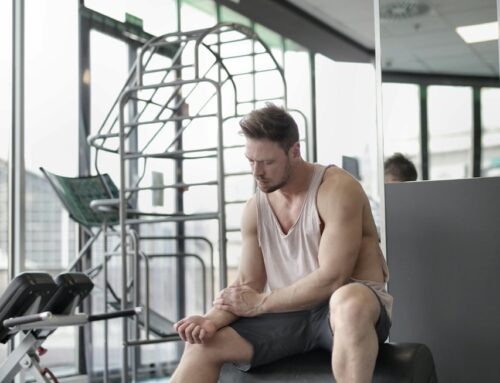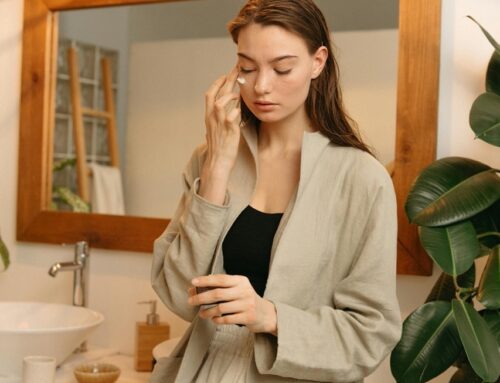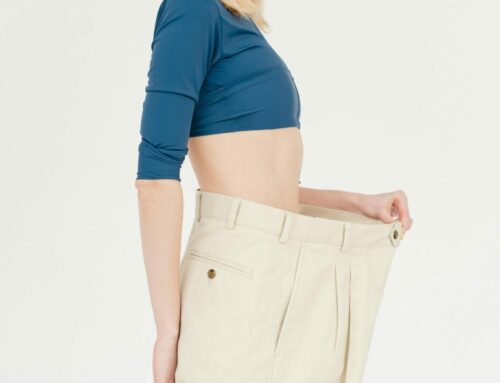What is cellulite?
Cellulite is dimpled skin that usually appears on the thighs. It occurs when fatty tissue deep in the skin presses against the connective tissue.
It is estimated that over 85 percent of all women aged 21 and more have cellulite. In men, this is not so common.
Why does cellulite appear on the thighs?
Cellulite can appear on the upper legs because there is usually more fat in that area. Various other elements that increase the chances of cellulite include:
- age
- estrogen
- tissue inflammation
- increased fat caused by weight gain
- loss of collagen
- poor circulation (a common problem in the legs)
- poor lymphatic drainage
- thinning of the epidermis (outer layer of skin)
In terms of overall health, there is absolutely nothing wrong with having cellulite. However, many people want to reduce its appearance.
There are several natural home remedies and workouts that promise to reduce cellulite. However, the key is establishing whether these funds live up to the advertisements.
Types of cellulite.
There are three types of cellulite. This scoring system allows healthcare professionals to assess the severity of a problem.
The three grades are:
- Grade 1 (light). Simple dimples with an “orange peel” effect and one to four mild clinical depressions on the skin.
- Grade 2 (moderate). More profound skin ripples with a “curd” look and 5 to 9 medium skin concerns.
- Grade 3 (severe). Deep ripples in the skin with a “mattress” look, as well as ten or more indentations.
Natural remedy for cellulite on thighs.
Some natural home remedies can reduce the appearance of cellulite.
Massage.
One of the attractive solutions is massage. This can be done at home or with the help of a professional massage therapist.
Massage can minimize cellulite by enhancing lymphatic drainage. It can also help stretch the skin tissue. It can also help expand cellulite dimples.
Massage lotions provide the same benefits, but the vital part is the rubbing procedure. You can’t put on cream and expect cellulite to go away.
Also, remember that massage alone won’t help with cellulite. You must regularly repeat the procedure to achieve and maintain the desired results.
Bioactive collagen peptides.
You may already be wary of supplement manufacturers’ guarantees about transforming your body with quick fixes.
However, a 2015 study found a reduction in cellulite in women who took bioactive collagen peptides.
Participants took a daily tooth supplement for six months. In general, there was a reduction in cellulite on the upper legs. Improvements were seen in lighter and heavier women, but women with lighter weights had one of the most significant improvements.
While the results are exciting, more research is needed to confirm the function of any type of supplement in fighting cellulite.
Drink a lot more water.
Drinking more water is another inexpensive option that can help with cellulite. It not only moisturizes but also promotes blood and lymph circulation.
Weight loss.
Weight loss can also help some overweight people with weight problems reduce cellulite. Losing excess body fat can minimize the appearance of cellulite.
However, keep in mind that cellulite can affect anyone at any weight. This is not just limited to those who have obesity or weight issues.
If you want to lose weight or tone your muscles, a balanced diet and regular exercise can help reduce cellulite on your upper legs. Let’s take a look at some of the practices below.
Exercises for cellulite on the thighs.
Specific exercises for the legs and buttocks can help tighten the skin in the thigh area. Subsequently, you may also see a cellulite reduction.
Although exercise is not a surefire way to eliminate cellulite on the thighs, stronger muscles and firmer skin can reduce its appearance.
Here are some exercises you should try.
- Squats
* Stand up, feet shoulder-width apart. Make sure your toes point forward.
* Contract your glutes as if you were sitting in a chair, and make sure your knees don’t point at your toes.
* Press your buttocks as you rise to the starting position, and then repeat.
- Jump squat
This action goes beyond the regular squat, with the difficulty of the jump at the end included.
* Perform a regular squat.
* When you return to your starting position, speed up and jump.
* Try to ground on your feet as softly as possible.
* Repetition.
- Boosts
* Stand in front of a bench or exercise box.
* Stand on the box with one foot at a time.
* Take a step back in the same pattern.
* Repetition.
- Glute/leg kickbacks.
* Get on all fours on the floor.
* Take one leg back, engaging your buttocks and upper thigh.
* Repeat 12 to 15 times.
* Change legs and repeat the same.
- Side lunges
* Stand straight, feet shoulder-width apart.
* Perform a large lunge to one side.
* Bend your right knee, pushing your hips back while keeping your left leg straight.
* Keep both feet on the floor throughout the lunge.
* Push up with the same leg to return to the starting position.
* Repeat with the other leg.
Add progressions
Each of the above workouts allows you to use your body weight to your advantage. You can also include hand weights as well as barbells as you like.
Do 12 to 15 reps each time. You can increase the weights or do more repetitions as you get stronger.
Make sure to do a warm-up before your workout to prevent muscle strain.
Try to do 2 to 3 sessions per week for half an hour each time.
Instead of focusing on a single exercise, aim for a routine that includes cardio and strength training. Aerobic exercise helps shed fat, while endurance builds muscle and promotes overall skin flexibility.
Together, all these elements can help reduce cellulite in the upper legs.
Some cardio exercises that can help you lose fat include:
- cycling
- dance
- hiking
- running
- swimming
- walking
The secret here is to find an activity you enjoy and stay with.
If you’re new to exercise, check with your doctor before you start.
Medicines and creams.
There are no medicines that can be suggested for the treatment of cellulite.
In the 2020 year, the Food and Drug Administration (FDA) approved an injectable treatment called QWO, also called collagenase clostridium histolyticum-aaes (CCH), to treat cellulite on the buttocks.
While it’s safe to use on the upper legs, talk to your doctor first.
A 2020 placebo-controlled study of 259 people found that CCH was risk-free and reliable for moderate to severe upper leg cellulite.
The American Academy of Dermatology (AAD) states that some creams can successfully treat cellulite. The AAD notes that daily use of a caffeinated product can reduce the appearance of cellulite by drying out cells.
However, lotions alone will not eliminate cellulite, so adjusting your lifestyle is best.
AAD also shows that lotions with 0.3% retinol can reduce pronounced cellulite and make skin firmer. AAD notes that it may take six months or more to see results.
Lifestyle change is your best choice
There is no chance to avoid cellulite. This is indeed a common problem. The likelihood of developing cellulite increases with age, as well as lifestyle habits.
While you can’t control your age, you can make some lifestyle adjustments that will help reduce the amount of cellulite on your thighs. These adjustments can consist of things like an exercise routine and a balanced diet.
Talk to a dermatologist if you want professional treatments to lessen the cellulite appearance. Some treatments, like laser therapy, may help but not completely eliminate cellulite on the upper legs.
If you don’t have a dermatologist, contact NYC Massage and SPA.
Also important: Know that the results of any treatment or procedure are not permanent. You might need to repeat the procedure to permanently reduce the appearance of cellulite on the thighs.




